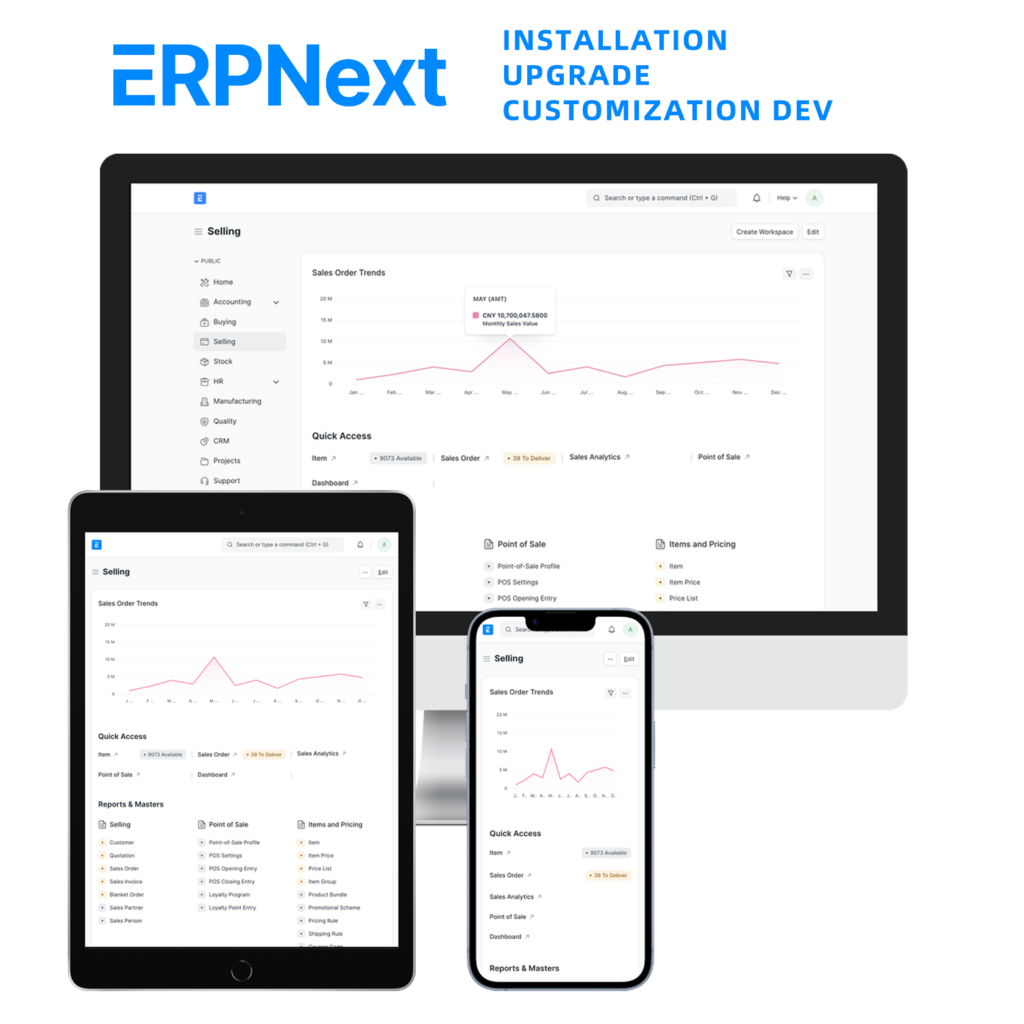Imagine this: Your factory floor is a well-oiled machine, churning out products efficiently. But what if a new, even more powerful machine – an Enterprise Resource Planning (ERP) system – is introduced? While exciting, this change can be disruptive. This guide will equip you, the manufacturer, to navigate this transition smoothly, using the power of change management.

Why Change Management Matters
Think of a successful ERP implementation like a well-rehearsed play. Every department – from inventory to production – needs to be on the same page. Change management helps achieve this by:
- Preparing your team: Explain the benefits of the new ERP system and address any concerns.
- Training effectively: Provide clear training tailored to different roles.
- Open communication: Keep everyone informed about progress and address roadblocks.
A Case Study: From Chaos to Confidence
Let’s look at a real-world example. ABC Manufacturing, a mid-sized company, struggled with siloed data and communication gaps. Implementing a new ERP system seemed daunting.
Here’s how they used change management:
- Executive Support: The CEO championed the project, demonstrating its importance.
- Change Champions: They appointed “champions” from each department to lead training and answer questions.
- Phased Approach: The system was rolled out in stages, allowing for adjustments and feedback.
The Result? ABC Manufacturing experienced:
- Increased efficiency: Streamlined workflows saved time and reduced errors.
- Improved communication: Real-time data sharing fostered better collaboration.
- Happier employees: Empowered by new tools, employees felt more confident.
Your Smooth Transition Starts Now
By following these steps, you can navigate the change to a new ERP system with confidence:
- Build a strong team: Assemble a team with representatives from all departments.
- Develop a communication plan: Keep everyone informed throughout the process.
- Invest in training: Provide comprehensive training tailored to each role.
- Embrace feedback: Actively listen to concerns and make adjustments as needed.
Remember, successful change management is about people, not just technology. By focusing on clear communication, comprehensive training, and employee engagement, you can ensure a smooth transition and unlock the full potential of your new ERP system.